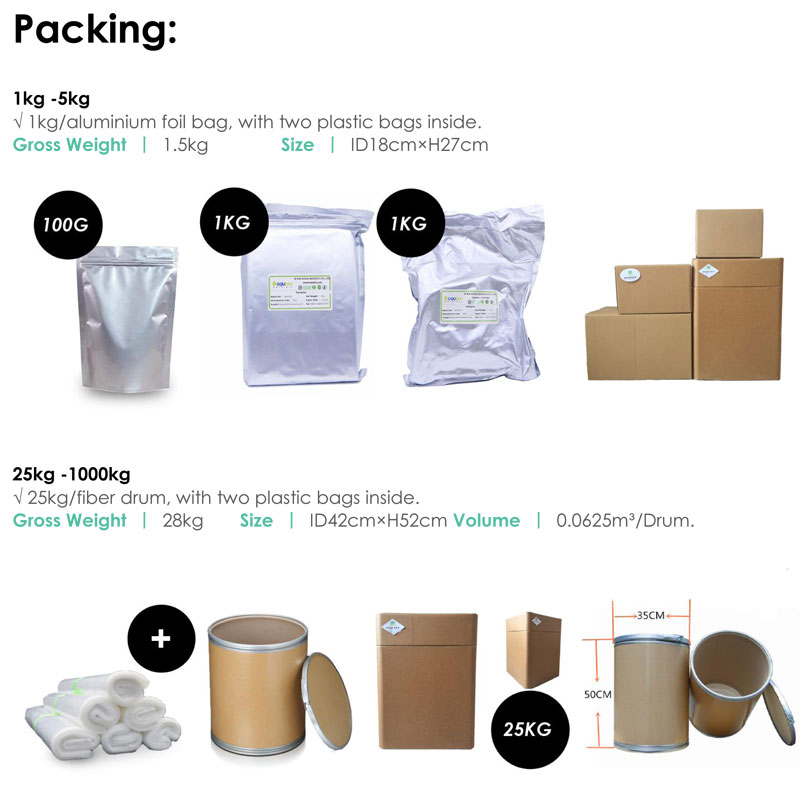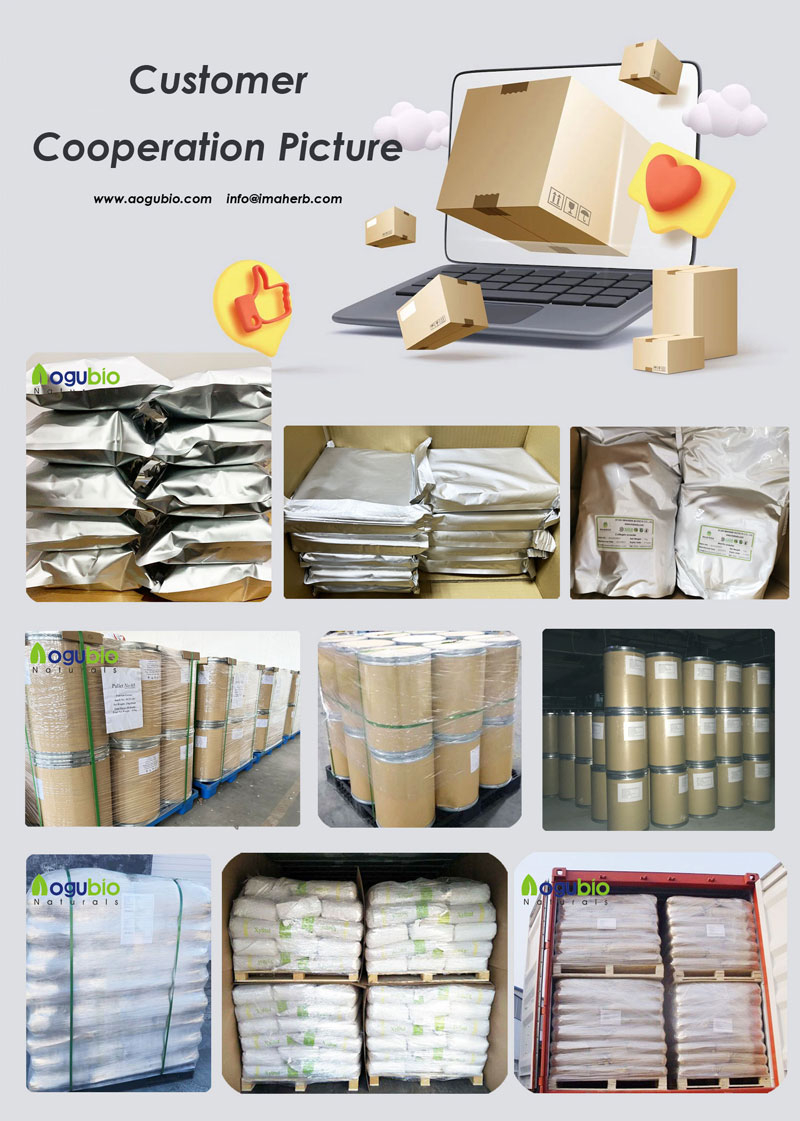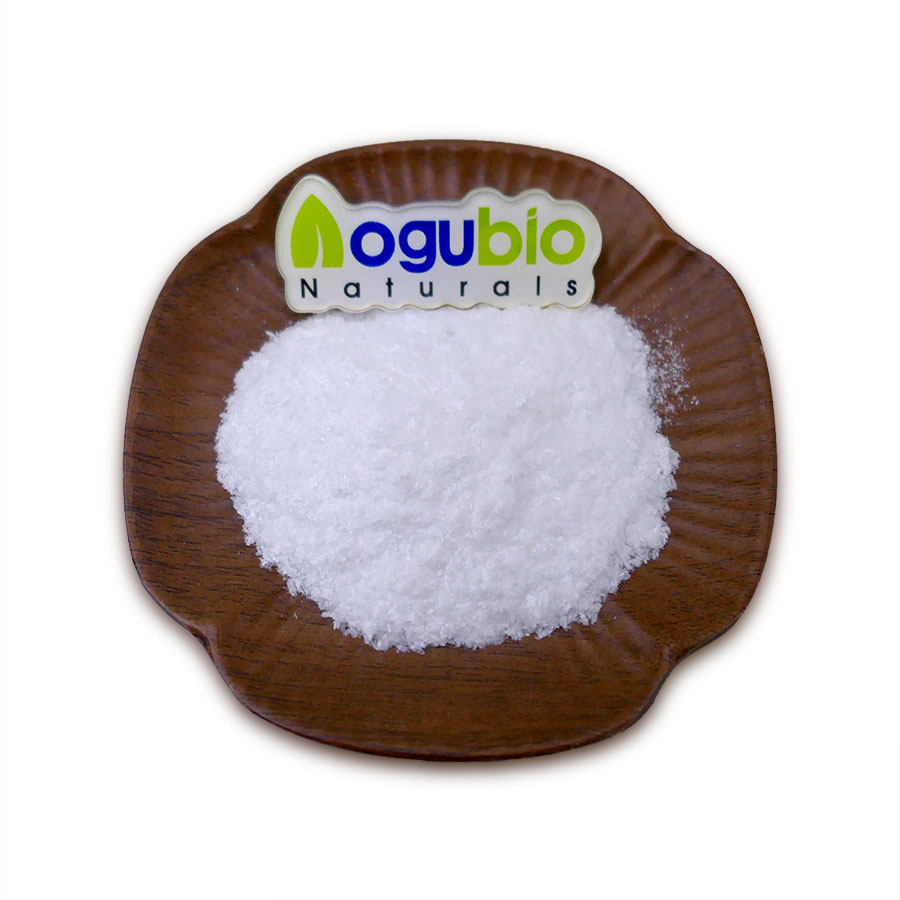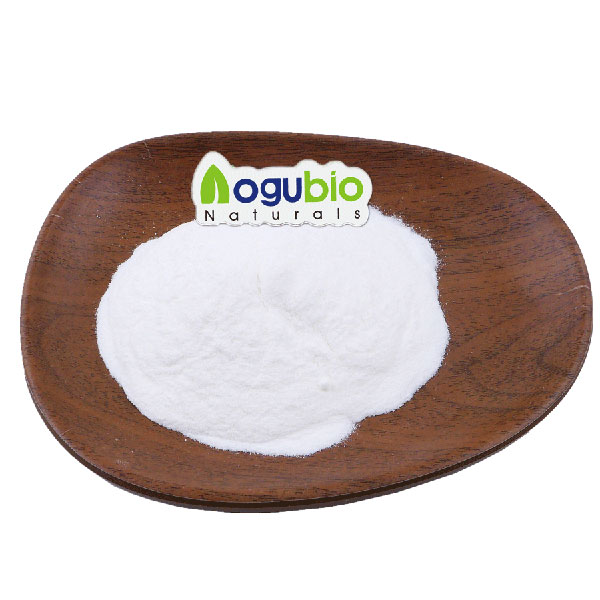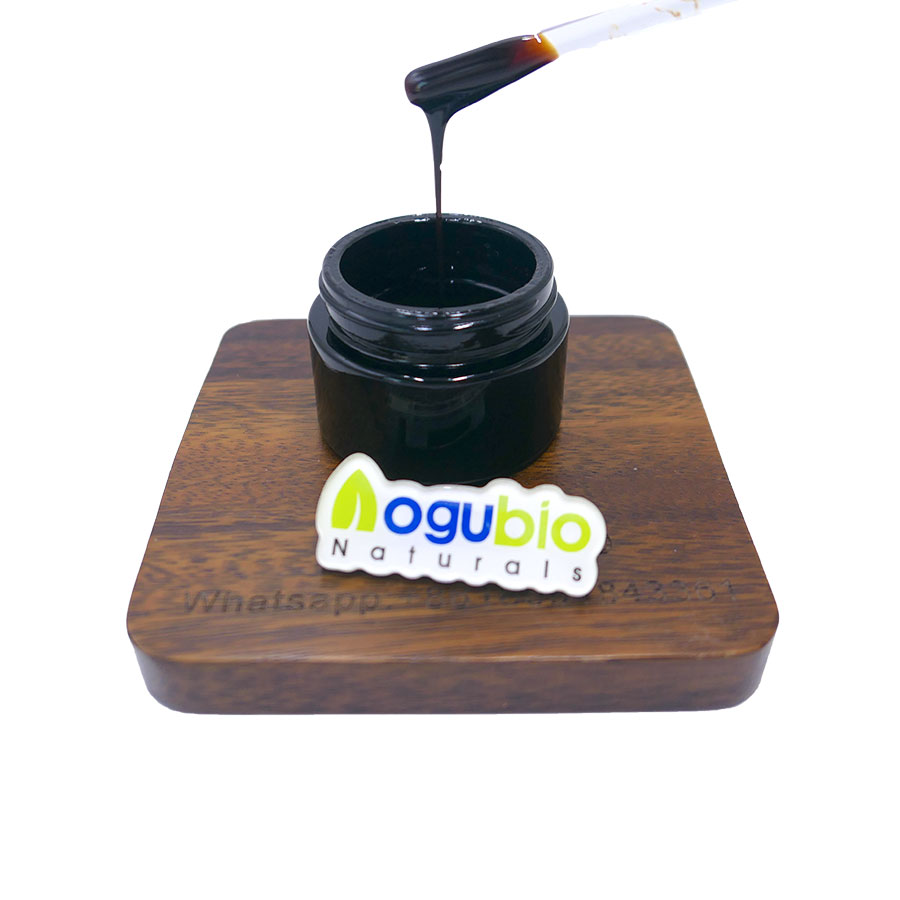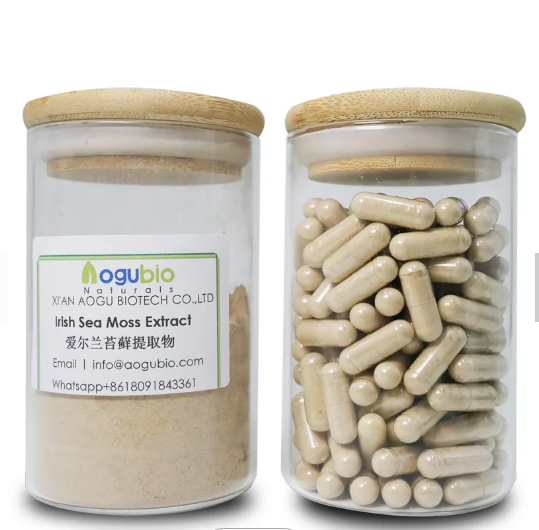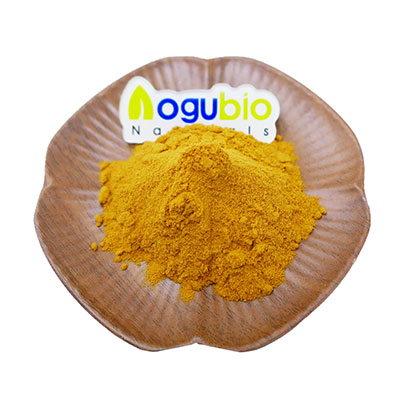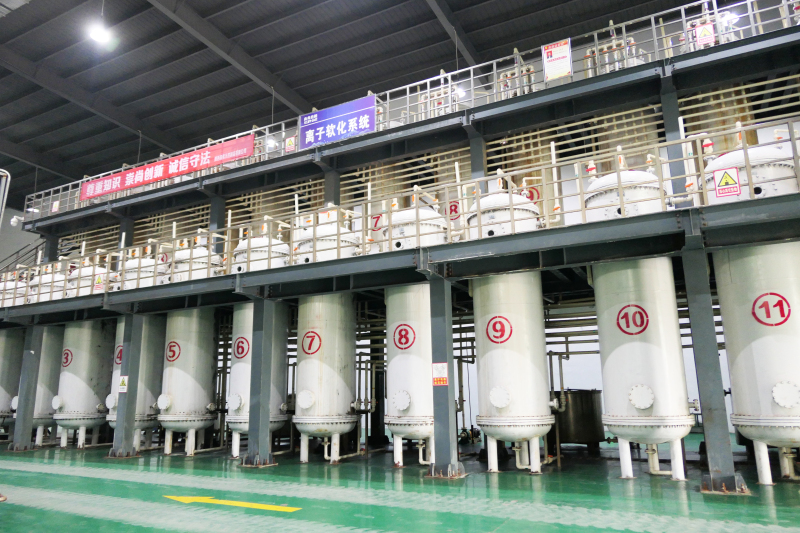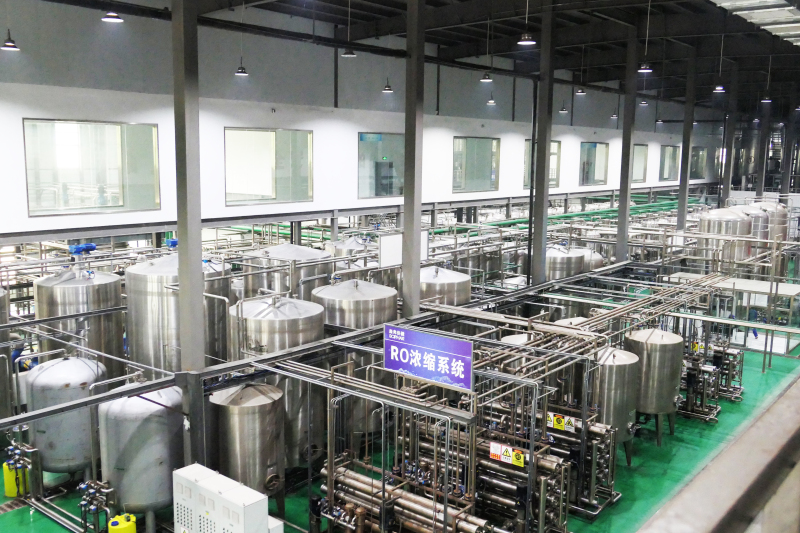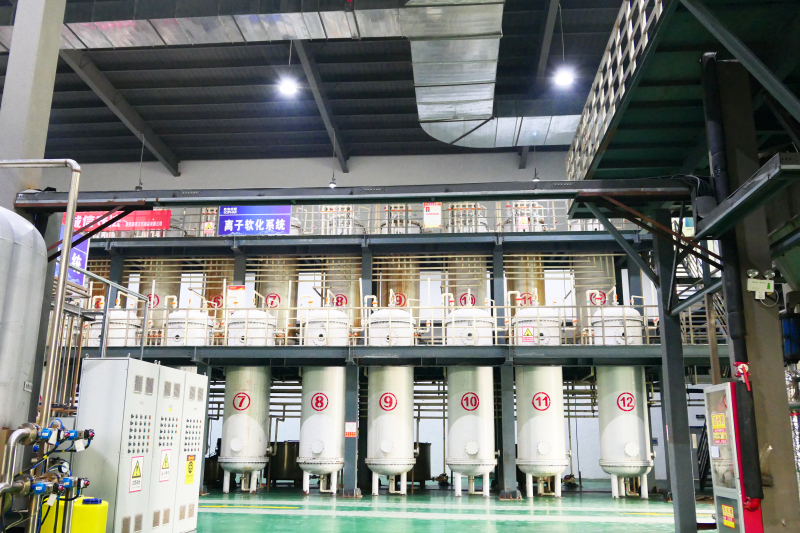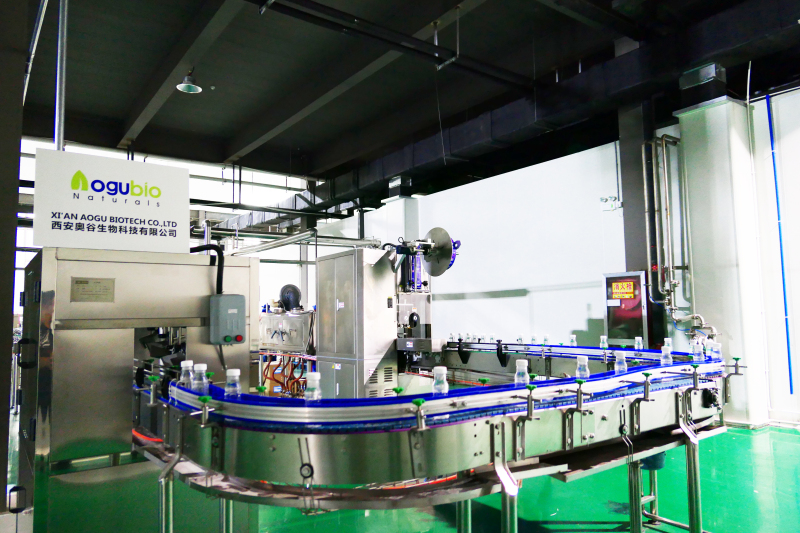Kojic Acid Dipalmitate benefits
Kojic Acid Dipalmitate: Benefits and Applications in Cosmetics
Aogubio is a specialized company that produces and distributes pharmacologically active substances, raw materials, plant extracts, and nutraceuticals for the production of supplements for human use. They cater to the pharmaceutical, food, nutritional, and cosmetic industries. One of their notable products is Kojic Acid Dipalmitate, an improved kojic acid derivative with several benefits and applications in the cosmetic industry.
Kojic Acid Dipalmitate is a powerful ingredient that has gained popularity in the beauty world due to its exceptional skin brightening properties. Derived from kojic acid, it overcomes the instability of kojic acid to light, heat, and metal ions. It effectively inhibits tyrosinase activity, an enzyme responsible for melanin production, and blocks the formation of skin melanin. In comparison to kojic acid, Kojic Acid Dipalmitate exhibits stronger efficacy in lightening dark spots, evening out skin tone, and reducing hyperpigmentation.
One of the significant advantages of Kojic Acid Dipalmitate is its stability. With its esterified structure, it has very stable chemical properties. Unlike kojic acid, which is known to be unstable and prone to degradation, Kojic Acid Dipalmitate remains effective in various formulations and throughout the product's shelf life. This stability ensures that consumers can enjoy the full benefits of the ingredient without worrying about its potency diminishing over time.
Additionally, Kojic Acid Dipalmitate has excellent compounding properties. Its molecular structure does not possess a hydroxyl group, which prevents it from forming hydrogen bonds with preservatives, sunscreens, or other active ingredients in cosmetic systems. This unique characteristic ensures that the efficacy of these additives is not compromised by the presence of Kojic Acid Dipalmitate. As a fat-soluble additive, it is easier to formulate and enables effective absorption by the skin, providing a good moisturizing effect.
Solubility is another crucial aspect to consider when formulating cosmetic products. Kojic Acid Dipalmitate demonstrates remarkable solubility in mineral oil, esters, and hot ethanol. This versatility allows formulators to create a wide range of products, including creams, lotions, serums, and oils, without facing solubility issues.
Moreover, Kojic Acid Dipalmitate exhibits excellent compatibility with almost any preservatives and sunscreens commonly used in cosmetics. Its solubility in the oil phase ensures that it can be seamlessly integrated into various formulations without any detrimental effects on stability or performance. This compatibility further enhances the versatility and application potential of Kojic Acid Dipalmitate in cosmetic products.
In terms of aesthetics, Kojic Acid Dipalmitate does not alter the appearance or color of the final formulation. It does not complex with metal ions, a common cause of discoloration in cosmetic products, ensuring that the formula maintains its desired appearance throughout its shelf life. This stability and resistance to color changes reassure consumers that the product they are using will remain visually appealing and effective.
The myriad of benefits and properties of Kojic Acid Dipalmitate make it an attractive ingredient for formulators in the cosmetic industry. Its stability, compatibility, and solubility enable the creation of effective and aesthetically pleasing products. Whether it's targeting hyperpigmentation, improving skin tone, or providing moisturization, Kojic Acid Dipalmitate offers a promising solution.
With Aogubio's expertise in producing and distributing quality and reliable ingredients, cosmetics companies can confidently incorporate Kojic Acid Dipalmitate into their formulations. By leveraging its numerous benefits and ease of formulation, beauty brands can create products that effectively address their consumers' skincare concerns while ensuring an enjoyable and luxurious experience.
In conclusion, Kojic Acid Dipalmitate is a valuable ingredient with remarkable benefits and applications in the cosmetic industry. Its stability, compatibility, and solubility make it an ideal choice for formulators looking to create effective skincare products. With Aogubio's commitment to delivering high-quality ingredients, cosmetic brands can trust in the efficacy and reliability of Kojic Acid Dipalmitate to meet consumers' desires for radiant and even-toned skin.
Products Description
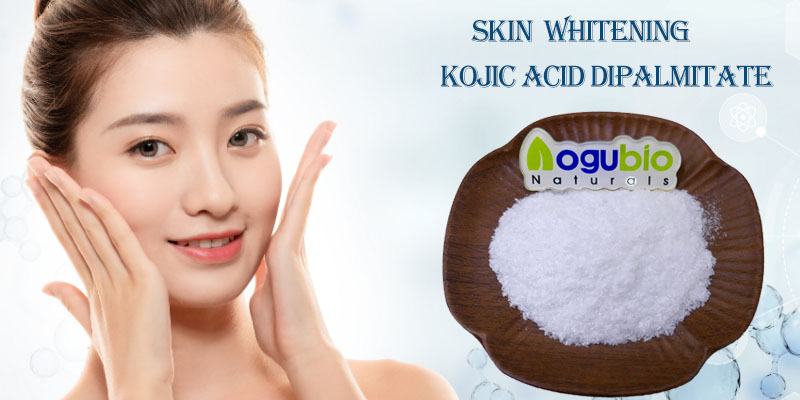
Kojic acid dipalmitate is modified kojic acid derivative,which not only overcomes the instability to light, heat and metallic ion, but also keeps the inhibitory tyrosinase activity and prevents the forming of melanin. Kojic dipalmitate owns stable chemical property. It will not turn yellow for oxidation, metallic ion, illumination and heating.
Function
- kojic acid dipalmitate is a kind of specialized inhibitor for melanin. It can prevent the tyrosinase activity through synthesizing with copper ion in the cells after it enters skin cells. Kojic acid and its derivative has better inhibitory effect on tyrosinase than any other skin whitening agents.
- kojic acid dipalmitate can also eliminate free radical, strengthen cell activity of cell and keep the food fresh.
BASIC ANALYSIS
|
ANALYSIS
|
SPECIFICATION
|
RESULTS
|
|
Appearance
|
White Powder
|
Complies
|
|
Odor
|
Characteristic
|
Complies
|
|
Tasted
|
Characteristic
|
Complies
|
|
Assay
|
99%
|
Complies
|
|
Sieve Analysis
|
100% pass 80 mesh
|
Complies
|
|
Loss on Drying
|
5% Max.
|
1.02%
|
|
Sulphated Ash
|
5% Max.
|
1.3%
|
|
Extract Solvent
|
Ethanol & Water
|
Complies
|
|
Heavy Metal
|
5ppm Max
|
Complies
|
|
As
|
2ppm Max
|
Complies
|
|
Residual Solvents
|
0.05% Max.
|
Negative
|
|
Microbiology
|
||
|
Total Plate Count
|
1000/g Max
|
Complies
|
|
Yeast & Mold
|
100/g Max
|
Complies
|
|
E.Coli
|
Negative
|
Complies
|
|
Salmonella
|
Negative
|
Complies
|
Applications
Body/facial care toners, anti-aging preparations, sun protection, after-sun & self-tanning, skin whitening/lightening, treatment for a variety of skin hyperpigmentation conditions or disorders, e.g. solar lentigenes, melasma, chloasma, scars, freckles, age pigment and other local hyperpigmented regions of the skin
